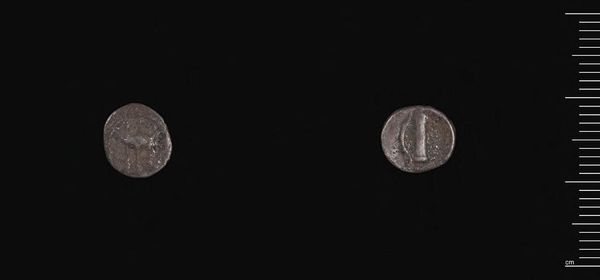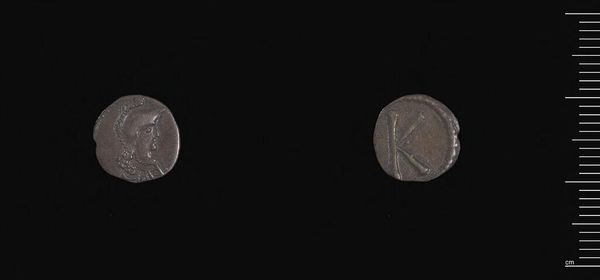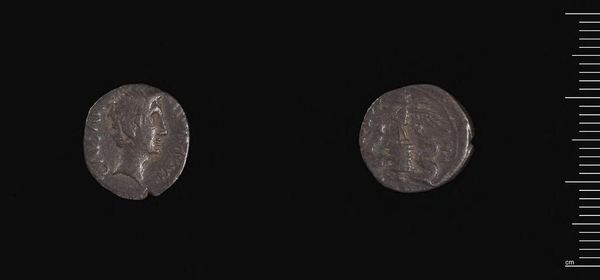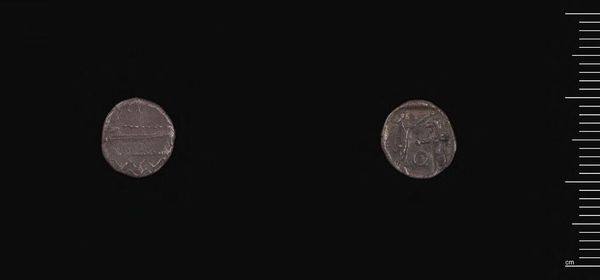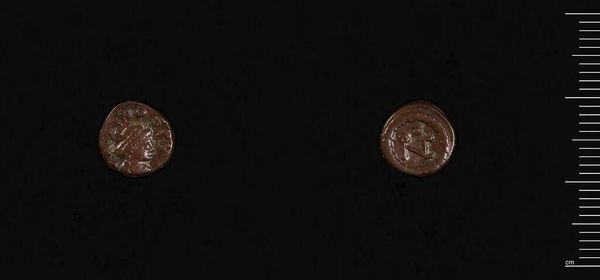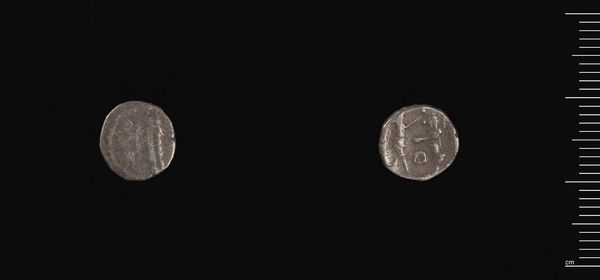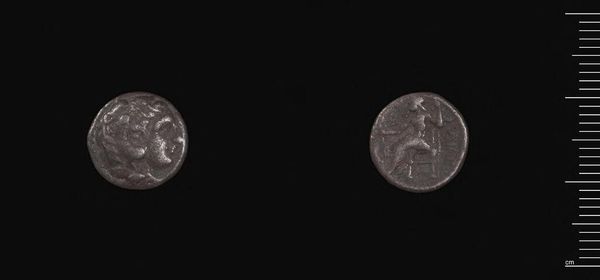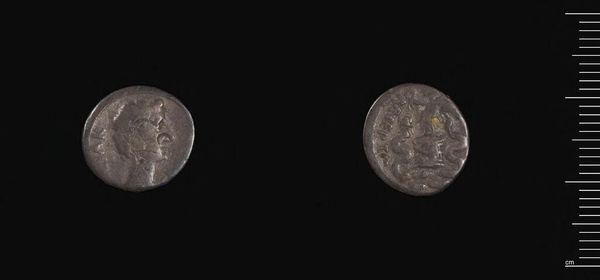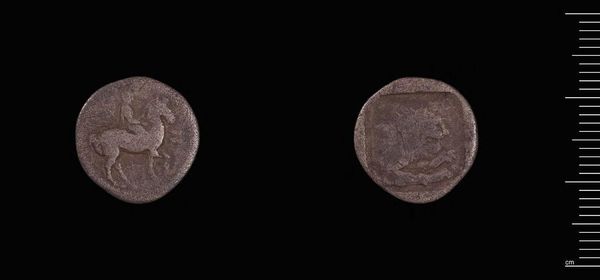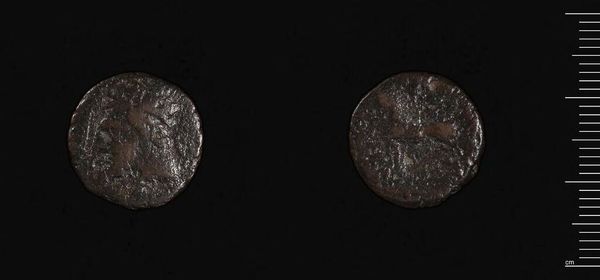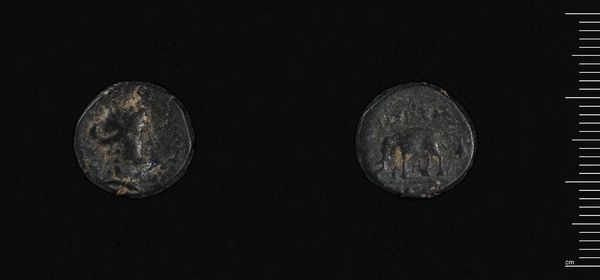
Dimensions: 1.59 g
Copyright: CC0 1.0
Curator: The Tetrobol of Perdikkas II of Macedonia, residing here at the Harvard Art Museums, speaks volumes despite its small size. It weighs a mere 1.59 grams. Editor: It’s amazing that such a small object could carry so much power. I'm struck by its roughness, and how that speaks to the labor involved in its creation. Curator: Absolutely. The material and the means of production are key. As currency, it facilitated trade and labor, impacting the social and economic structures of the time. We should consider this as a form of early industrial design, in many ways. Editor: And as a form of propaganda, too. Depictions on coinage like this served to solidify the ruler's image, their power, and their claim to the land. It's about more than just materials, but about the message it projects. Curator: Precisely. It is an artifact steeped in social and political implications, showing us how even the smallest objects reflect larger societal values and power structures. Editor: Thinking about its place in historical narratives makes you wonder whose hands it passed through, whose lives were affected by its value, and what stories it silently carries.
Comments
No comments
Be the first to comment and join the conversation on the ultimate creative platform.
